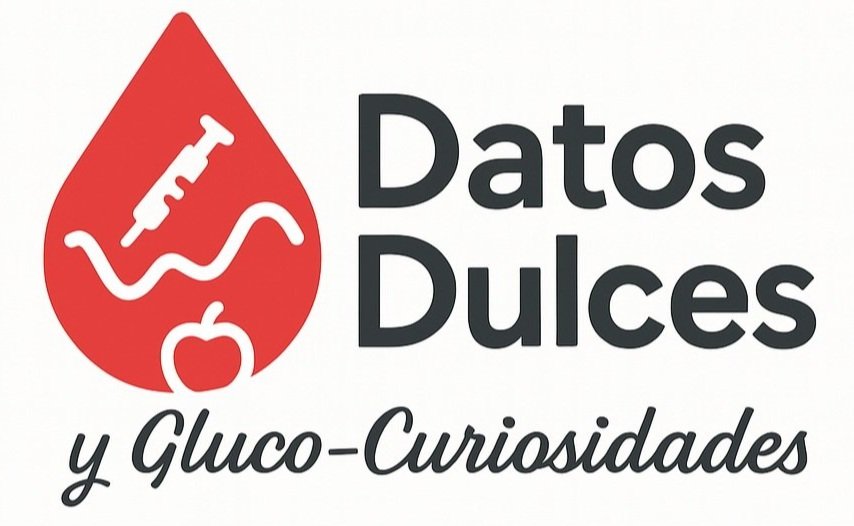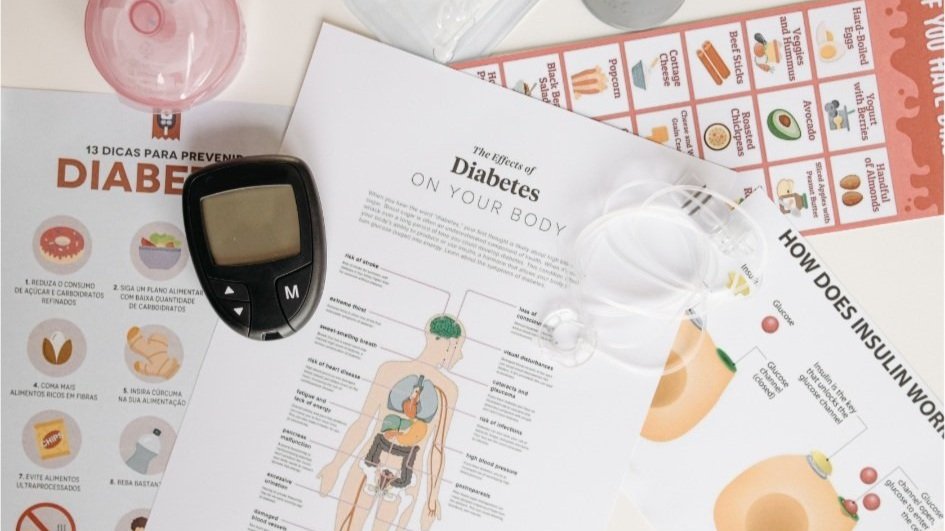What Is Diabetes?
Understanding how your body uses sugar — and why it matters
Diabetes is a long-term health condition that changes how your body handles sugar, also called glucose. Glucose gives your body the energy it needs to work, think, and move every day.
According to the American Diabetes Association (ADA), diabetes happens when the level of sugar in your blood is too high because your body can’t use or store it properly. Over time, high blood sugar can affect your heart, kidneys, eyes, and other parts of the body — but with knowledge and care, you can take control.
There are several types of diabetes, but the two most common are Type 1 and Type 2 diabetes. Let’s take a closer look at each one.
Type 1 Diabetes
When the body stops making insulin
Type 1 diabetes — sometimes called juvenile diabetes or insulin-dependent diabetes — is an autoimmune condition. This means the body’s immune system attacks the cells in the pancreas (beta cells) that make insulin by mistake. Without insulin, sugar builds up in the blood instead of being used for energy.
Key facts about Type 1 diabetes:
Who does it affect? Most people are diagnosed in childhood or young adulthood, but it can develop at any age.
How common is it? About 5–10% of people with diabetes in the United States have Type 1.
What happens in the body? The body no longer makes insulin because the immune system destroys the beta cells in the pancreas.
Treatment: People with Type 1 diabetes need to take insulin every day to keep their blood sugar in a healthy range.
With education, technology, and support, people with Type 1 diabetes can live full, healthy, and active lives.
Type 2 Diabetes
The most common type — and often preventable
Type 2 diabetes is the most common form of diabetes in the United States. It used to be called adult-onset diabetes, but today more children and teens are being diagnosed.
In Type 2 diabetes, the body doesn’t use insulin properly — this is called insulin resistance. Over time, the pancreas can’t make enough insulin to keep blood sugar levels normal.
Key facts about Type 2 diabetes:
Who does it affect? Most people with Type 2 are adults, but it’s increasingly being seen in younger people.
How common is it? About 90–95% of diabetes cases in the U.S. are Type 2.
What happens in the body? The body becomes resistant to insulin or doesn’t make enough of it.
Treatment options include:
Healthy eating and regular physical activity
Medications, such as pills or insulin injections
Continuous glucose monitoring (CGM) and diabetes technology for better management
Small lifestyle changes — like walking daily or choosing fiber-rich foods — can make a big difference.
Why Diabetes Care Is Different for Everyone?
Because no two people with diabetes are the same
Diabetes affects everyone differently. Even people with the same type of diabetes may have their own unique needs, challenges, and goals.
That’s why healthcare teams design personalized care plans. Your doctor, diabetes educator and healthcare team can help you find what works best for you — from meal planning and medications to technology and exercise routines. It’s important to have both a primary care doctor and an endocrinologist on your care team.
Your endocrinologist specializes in treating diabetes and helps you manage your blood sugar long-term.
Your primary care doctor supports your overall health — providing care during illnesses, annual checkups, and preventive visits.
Helpful tips for managing diabetes:
Visit your doctor regularly and track your numbers.
Learn how different foods affect your blood sugar.
Stay active — even small amounts of movement add up.
Ask questions and take notes during appointments.
Take Charge of Your Diabetes
Knowledge is the first step toward better health
Understanding your type of diabetes helps you take the right actions to stay healthy and confident.
If you have Type 1 diabetes, you’ll need insulin to manage your blood sugar.
If you have Type 2 diabetes, you may be able to manage it with healthy eating, exercise, and medication.
Talk with your doctor or diabetes care team about the best plan for you.
If you have questions or want to learn more about your options, schedule an appointment with your doctor or healthcare team today — or explore more articles on Datos Dulces & Gluco-Curiosities to keep learning more about diabetes and glucose management one “sweet fact” at a time. 💙

